Description
Genus: Tylopilus
Species: felleus
Common Name: “Bitter Bolete”
- Common Name 2: “The Great Betrayer” [said in rueful, not-quite jest]
Tells: White cap flesh tastes bitter, & rarely stains pink. Oft-bulbous, brown stem has dark brown netting & may stain olive-brown. White pores age pinkish.
Other Information: A much hated mushroom and the bane of visiting Europeans, because it is both common and easy to confuse with B. edulis. NOTE: Your author has personally found [very] young specimens where the netting was white so please do not rely on netting color alone to distinguish from the choice lookalikes.
Edibility: Too bitter to eat but useful for unique approaches like cocktail bitters. It isn’t toxic; just absurdly bitter.
Science Notes: This is one of the few species that thrives in both Europe and North America, though it is much rarer in the old country. NOTE: It has been removed from the Florida regional filter in favor of T. rhoadsiae.
CHEMICAL TESTS:
- NH4OH (Ammonia): Cap skin turns amber-orange to reddish-orange. Cap flesh turns pale yellow surrounded by a pale blue zone.
- KOH: Cap skin turns amber-orange to reddish-orange. Cap flesh turns pale greenish yellow.
- FeSO4 (Iron Salts): Cap skin turns dull olive. Cap flesh turns gray-green.
Links:
 |
593 |  |
310 |  |
263 |  |
375 |

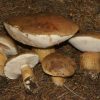
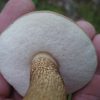
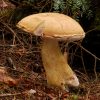



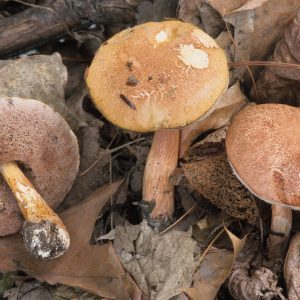
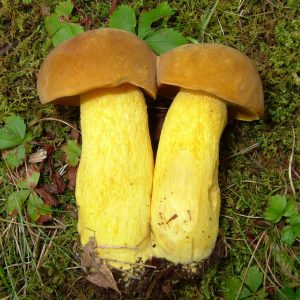
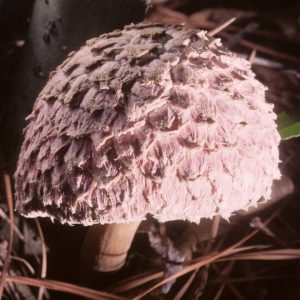

Got something to discuss?
Found this bolete in the Burgaw and Wilmington N.C. area. It is super bitter